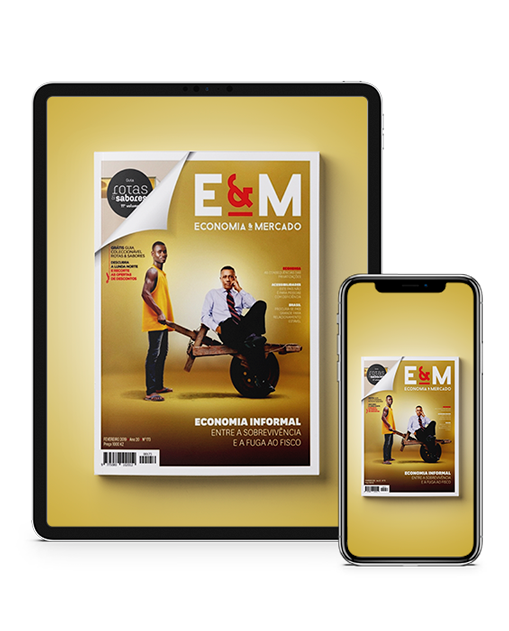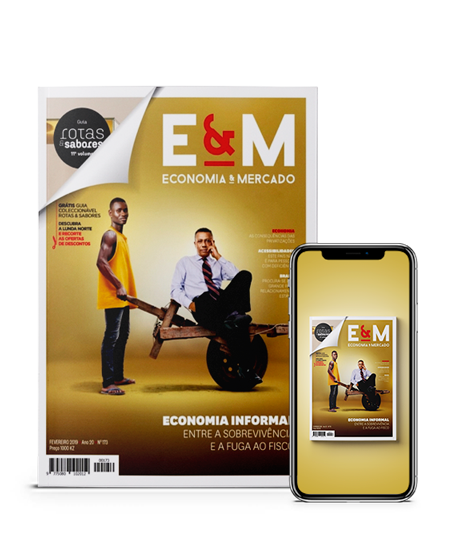Comecemos pelos compromissos. Em Dakar, no Senegal, Angola comprometeu-se atribuir 20% do total de cada OGE ao sector da Educação. De igual modo, em Abuja, na Nigéria, assumiu a responsabilidade de potenciar o sector da Saúde com 15% do total dos orçamentos. Contudo, de acordo com o Banco Mundial, “Angola é o décimo país que menos gasta com a Saúde” e integra uma lista de países que menos gasta com a Educação.
A dotação atribuída para o exercício de 2022 ao sector Social totaliza 19,2% da despesa total, o que representa um aumento de 28,2% face ao OGE de 2021, sendo 6,22% para a Educação, 4,93% para a Saúde, 3,49% para a Protecção Social e 3,77% para a Habitação e Serviços Comunitários, 0,30% para Recreação, Cultura e Religião, e 0,07% para Protecção Ambiental.
Sobre essa última dotação orçamental, relativamente ao ambiente, o ecologista João Serôdio de Almeida, é de opinião que Angola até capacidade para alocar mais verbas ao sector, mas “não têm” estrutura para actuar com competência nessa área. Destaque-se que o Executivo atribui apenas 0,07% (13,9 mil milhões de kwanzas) para a protecção ambiental na proposta de OGE 2022, sendo 0,00% para Protecção da Biodiversidade e da Paisagem (153,1 milhões de kwanzas), 0,04% para Investigação e Desenvolvimento em Protecção do Ambiente (7,4 mil milhões de kwanzas) e 0,03% para Outros Serviços De Protecção Ambiental num total, de 6,3 mil milhões de kwanzas.
Ainda segundo João Serôdio de Almeida, “o país ainda não sabe o que quer” no que ao ambiente diz respeita. O ecologista disse desconhecer, sequer, “uma estrutura sólida em Angola para poder actuar nas várias vertentes da conservação ambiental, tais como conservação das áreas de Protecção Ambiental, Parques e Reservas”.
Por sua vez, o consultor ambiental Vladimir Russo esclareceu que a verba para a Protecção Ambiental, tanto na proposta para 2022, como nos anos anteriores orçamentos, é normalmente distribuída de duas formas: “verba para projectos inscritos no OGE, por meio do departamento ministerial responsável pelo sector do ambiente, e outras verbas por meio de actividades inscritas por outros ministérios e governos provinciais (por exemplo, saneamento básico, reabilitação de valas de drenagens, campanhas de arborização) ”.
Acrescentou que, em ambos os casos, os valores disponibilizados têm estado sempre aquém das necessidades, tanto em termos de novos investimentos, quanto de gestão de corrente de projectos. Entretanto, Vladimir Russo aplaude a vontade do Presidente da República, João Lourenço, que se tem desdobrado em actividades que visam a protecção do ambiente, mas reafirma que falta fazer mais no que diz respeito à atribuição de verbas. “Ainda não são suficientes para acudir os problemas ambientais que o país tem”, disse.
Ainda de acordo com o especialista, foram inscritos alguns programas relacionado com as alterações climáticas e prevenção de riscos e protecção ambiental, ambas com cerca de 28 mil milhões de kwanzas, “mas grande parte das verbas vai para a construção de infra-estruturas e prevenção e não apenas para o combate”. Entretanto, lamentou, “para a rubrica geral de protecção da biodiversidade e paisagem, o orçamento previsto é de cerca de 105 milhões de kwanzas. Para os parques, as verbas são irrisórias e na proposta nem se quer há uma verba específica para a protecção da Palanca Negra Gigante”, sublinhou.
Leia o artigo completo na edição de Dezembro, já disponível no aplicativo E&M para Android e em login (appeconomiaemercado.com).
GSB 2022. ‘Electoralist’ and far from meeting the social sector expectations
The optimistic perspective of “an acceleration of the economy” based on a forecast of real GDP growth of 2.4% adds little or next to nothing to the national social fabric in the 2022 General State Budget.
Let’s start with the commitments. In Dakar, Senegal, the Angolan government committed to allocate 20% of the total of each General State Budget (GSB) to Education. Similarly, in Abuja, Nigeria, it took on the responsibility of boosting Health with 15% of the total budgets. However, according to the World Bank, “Angola is the tenth country that spends the least on Health” and is on a list of countries that spend the least on Education.
The amount allocated in 2022 to the Social sector totals 19.2% of total expenditure, representing an increase of 28.2% compared to the GSB 2021. In short, 6.22% for Education, 4.93% for Health, 3.49% for Social Security, 3.77% for Housing and Community Services, 0.30% for Entertainment, Culture and Religion and 0.07% for Environmental Protection.
Commenting on this last budget allocation to the environment, ecologist João Serôdio de Almeida is of the opinion that Angola has the capacity to allocate more funds to the sector, but “does not have” the structure to act with competence in this area. It is to note that the Executive allocates only 0.07% (13.9 billion kwanzas) to environmental protection in the proposed GSB 2022, being 0.00% for Biodiversity and Landscape Protection (153.1 million kwanzas), 0.04% for Research and Development in Environmental Protection (7.4 billion kwanzas) and 0.03% for Other Environmental Protection Services, in a total of 6.3 billion kwanzas.
Still according to João Serôdio de Almeida, “the country still doesn’t know what it wants” as far as the environment is concerned. The ecologist said that he isn’t aware of the existence of “a solid structure in Angola to act in the several aspects of environmental conservation, such as conservation of Environmentally Protected Areas, Nature Parks and Reserves”.
In turn, environmental consultant Vladimir Russo clarified that the budget for Environmental Protection, both that proposed for 2022 and those of previous years, is normally distributed in two ways: “funds for projects registered in the GSB, through the ministerial department responsible for the environment, and other funds through activities registered by other ministries and provincial governments (for example, basic sanitation, rehabilitation of drainage ditches, tree planting campaigns)”.
He added that in both cases, the amounts made available have always been below the needs, neither covering new investments nor project management. Meanwhile, Vladimir Russo commends the willingness of President João Lourenço to support activities aimed at protecting the environment, but reaffirms that more needs to be done with regard to the allocation of funds. “They are still not enough to address the environmental problems that the country has”, he said.
Still according to the specialist, some programs related to the issues of climate change and risk prevention, as well as environmental protection, were submitted for budgetary approval, both valued at around 28 billion kwanzas, “but a large part of the funds goes to the construction of infrastructure and prevention, remaining little to actively fight environmental problems”. Meanwhile, he deplored that “for the general item ‘protection of biodiversity and landscape’, the budget allocation is around 105 million kwanzas. For parks, the amounts are minimal and there is not even a specific budget for the protection of the Giant Sable Antelope”, he stressed.
Read the full article in the December issue, now available on the E&M app for Android and at login (appeconomiaemercado.com).
.png)












